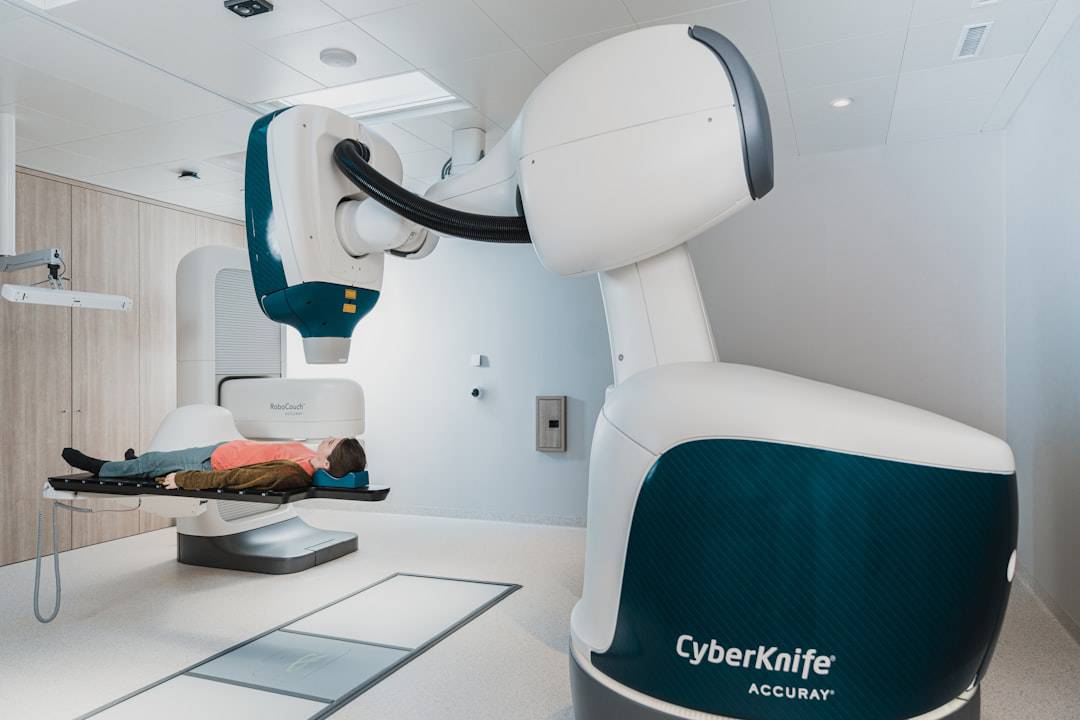Python has emerged as a leading programming language for machine learning and artificial intelligence applications. Its popularity stems from its simplicity, versatility, and robust ecosystem of libraries. Python is an open-source, high-level language known for its readable syntax, which makes it accessible to beginners and efficient for experienced developers.
The language’s extensive libraries, including NumPy, Pandas, Matplotlib, and Scikit-learn, provide comprehensive tools for data manipulation, analysis, and implementation of machine learning algorithms. These libraries enable developers to efficiently build and deploy machine learning models, making Python an optimal choice for AI and machine learning projects. Python’s success in the machine learning field can be attributed to its user-friendly nature and adaptability.
The concise syntax allows for rapid code development and testing of machine learning models, significantly reducing development time. Furthermore, Python boasts a large and active community that offers abundant resources, tutorials, and support. This community-driven ecosystem helps developers troubleshoot issues and stay informed about the latest advancements in machine learning.
As a result of these factors, Python has become the preferred language for both novice and experienced developers entering the field of AI and machine learning. Its combination of ease of use, powerful libraries, and strong community support has solidified its position as a cornerstone technology in the rapidly evolving landscape of artificial intelligence and machine learning.
Key Takeaways
- Python is a popular programming language for machine learning due to its simplicity and versatility.
- Understanding the basics of Python programming, such as variables, data types, and control structures, is essential for machine learning.
- Python offers powerful tools for data manipulation and analysis, including libraries like NumPy, Pandas, and Matplotlib.
- Implementing machine learning algorithms in Python is made easier with libraries like Scikit-learn and TensorFlow.
- Integrating Python with AI for advanced machine learning involves using libraries like Keras and PyTorch to build and train neural networks.
Understanding the Basics of Python Programming
Programming Paradigms and Syntax
Python supports multiple programming paradigms, including object-oriented, imperative, and functional programming, giving developers the flexibility to choose the best approach for their projects. Python uses indentation to define code blocks, which enforces clean and readable code, making it easier for developers to collaborate and maintain codebases.
Data Types and Structures
In addition to its clean syntax and readability, Python offers a wide range of data types and structures, including lists, tuples, dictionaries, and sets, allowing developers to manipulate and organize data efficiently. Furthermore, Python’s dynamic typing system enables developers to create variables without specifying their data types explicitly, reducing the amount of code needed and making it easier to write and maintain.
Building a Strong Foundation in Machine Learning
Understanding these fundamental concepts of Python programming is crucial for building a strong foundation in machine learning and AI development.
Exploring Data Manipulation and Analysis with Python

Python provides powerful libraries such as NumPy and Pandas for data manipulation and analysis, making it a popular choice for data scientists and machine learning engineers. NumPy offers support for large multi-dimensional arrays and matrices, along with a collection of mathematical functions to operate on these arrays, making it easier to perform complex mathematical operations required for machine learning algorithms. On the other hand, Pandas provides data structures and functions for manipulating structured data, such as data frames, making it easier to clean, transform, and analyze data sets.
In addition to NumPy and Pandas, Python also offers libraries such as Matplotlib and Seaborn for data visualization, allowing developers to create informative and visually appealing plots and charts to explore patterns and trends within the data. These libraries enable data scientists to gain insights from the data before building machine learning models, helping them make informed decisions about feature selection, model selection, and performance evaluation. With Python’s robust libraries for data manipulation and analysis, developers can streamline the process of preparing data for machine learning models.
Implementing Machine Learning Algorithms in Python
| Algorithm | Accuracy | Precision | Recall |
|---|---|---|---|
| Random Forest | 0.85 | 0.87 | 0.82 |
| Support Vector Machine | 0.78 | 0.81 | 0.75 |
| Logistic Regression | 0.82 | 0.84 | 0.80 |
Python’s Scikit-learn library provides a wide range of machine learning algorithms, including classification, regression, clustering, dimensionality reduction, and model selection. This library offers a consistent interface for training, testing, and deploying machine learning models, making it easier for developers to experiment with different algorithms and techniques. Scikit-learn also provides tools for model evaluation and hyperparameter tuning, allowing developers to optimize their models for better performance.
In addition to Scikit-learn, Python also offers TensorFlow and Keras for building and training deep learning models. These libraries provide support for neural networks, convolutional neural networks (CNNs), recurrent neural networks (RNNs), and other Deep Learning architectures, enabling developers to tackle complex problems such as image recognition, natural language processing, and reinforcement learning. With Python’s extensive libraries for machine learning algorithms, developers can explore a wide range of techniques and approaches to solve real-world problems effectively.
Integrating Python with AI for Advanced Machine Learning
Python’s versatility extends beyond traditional machine learning algorithms to advanced AI techniques such as natural language processing (NLP), computer vision, and reinforcement learning. Libraries such as NLTK (Natural Language Toolkit) and SpaCy provide tools for processing and analyzing human language data, enabling developers to build applications such as chatbots, sentiment analysis systems, and language translators. Similarly, libraries such as OpenCV and Dlib offer support for image processing and computer vision tasks, allowing developers to build applications for object detection, facial recognition, and image classification.
Furthermore, Python’s integration with reinforcement learning libraries such as OpenAI Gym and Stable Baselines enables developers to build AI agents that can learn from their environment through trial and error. Reinforcement learning has applications in robotics, game playing, autonomous systems, and recommendation systems, making it a powerful technique for solving complex decision-making problems. By integrating Python with advanced AI techniques, developers can push the boundaries of what is possible with machine learning and create innovative solutions for various domains.
Leveraging Python Libraries for Machine Learning

Python’s ecosystem is rich with libraries that complement its core functionalities for machine learning. For example, XGBoost and LightGBM are popular libraries for gradient boosting, a powerful ensemble technique that combines multiple weak learners to create a strong learner. These libraries offer efficient implementations of gradient boosting algorithms that can handle large datasets and achieve state-of-the-art performance in predictive modeling tasks.
Similarly, libraries such as CatBoost provide support for categorical feature encoding and handling missing values in the data, making it easier to work with diverse datasets. Moreover, Python offers libraries such as PyTorch and MXNet for deep learning research and development. These libraries provide support for building custom neural network architectures, implementing new deep learning algorithms, and deploying models to production environments.
PyTorch’s dynamic computation graph and intuitive API make it a popular choice for researchers and practitioners working on cutting-edge deep learning projects. By leveraging these specialized libraries in conjunction with Python’s core capabilities, developers can access a wide range of tools and techniques for building advanced machine learning models.
Mastering Python for AI and Machine Learning Projects
Mastering Python for AI and machine learning projects requires continuous learning and practice to stay updated with the latest advancements in the field. Developers can benefit from participating in online courses, workshops, and hackathons focused on machine learning with Python to gain practical experience and learn from industry experts. Additionally, contributing to open-source projects related to AI and machine learning can help developers collaborate with peers, showcase their skills, and contribute to the community.
Furthermore, staying updated with research papers, conferences, and publications in the field of AI and machine learning can provide valuable insights into emerging trends and best practices. By continuously honing their skills in Python programming and machine learning techniques, developers can build a strong portfolio of projects that demonstrate their expertise in the field. Ultimately, mastering Python for AI and machine learning projects requires dedication, curiosity, and a willingness to explore new ideas and approaches in this rapidly evolving field.
In conclusion, Python has emerged as a leading programming language for AI and machine learning due to its simplicity, versatility, powerful libraries, and active community support. Understanding the basics of Python programming is essential for building a strong foundation in machine learning development. With Python’s robust libraries for data manipulation, analysis, machine learning algorithms, advanced AI techniques, and specialized tools, developers can leverage a wide range of resources to build innovative solutions for various domains.
Mastering Python for AI and machine learning projects requires continuous learning, practice, and staying updated with the latest advancements in the field. As technology continues to evolve rapidly, Python remains at the forefront of AI and machine learning innovation.
If you are interested in learning Python for machine learning, you may want to check out the article “Challenges and Opportunities: Business and Economic Perspectives” on Metaversum. This article discusses the potential impact of machine learning on business and economic perspectives, providing valuable insights for those looking to apply Python in this field. You can find the article here.
FAQs
What is Python?
Python is a high-level programming language known for its simplicity and readability. It is widely used in various fields including web development, data analysis, artificial intelligence, and machine learning.
What is machine learning?
Machine learning is a subset of artificial intelligence that involves the development of algorithms and statistical models that enable computers to improve their performance on a specific task through experience.
Why should I learn Python for machine learning?
Python is a popular choice for machine learning due to its simplicity, versatility, and a wide range of libraries and frameworks such as TensorFlow, scikit-learn, and PyTorch that make it easier to implement machine learning algorithms.
What are the basic concepts of Python for machine learning?
Some basic concepts of Python for machine learning include data manipulation, data visualization, statistical analysis, and implementing machine learning algorithms using libraries such as NumPy, pandas, and scikit-learn.
How can I learn Python for machine learning?
You can learn Python for machine learning through online tutorials, courses, and books that cover the basics of Python programming and its application in machine learning. Additionally, practicing coding and working on machine learning projects can help reinforce your learning.











Leave a Reply